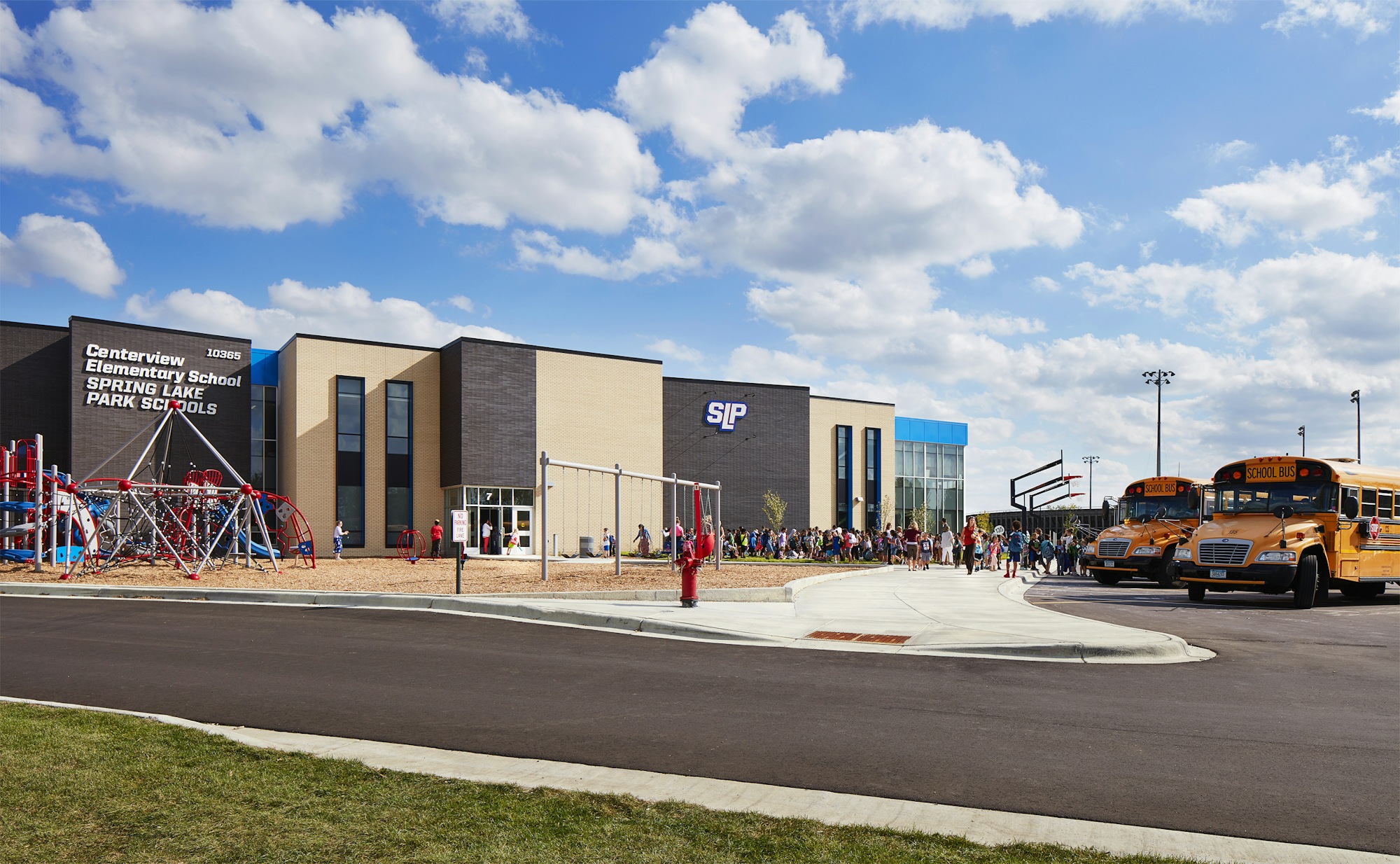
School Districts are often the heartbeat of a community providing a source of pride through school branding for people to rally around. A district's identity unifies its stakeholders in a collaborative mission established through its cultural hallmarks. Historically, school district branding existed through a mascot centered around athletics. Today, brand identity has grown in importance to showcase a district's strengths, opportunities, culture and family expectations. Brand identity shows up in many ways throughout a district, including its mission, colors, mascot, messaging and logos. Developing a school branding strategy may seem like a simple task from the outside, but it requires time in a collaborative process that includes community member involvement.
Families are looking to schools to help set and support baseline expectations for their child's performance and behavior. Districts are aware, however, that educational options exist in surrounding areas to boost overall enrollment. In order to attract students to their schools, districts must have a competitive advantage and market their educational opportunities. A successful school branding strategy can build a reputation by promoting a district's values, including strong academics and access to the best facilities, while also providing inclusivity and safety for their child.
To build brand identity, a well thought out process is required to execute research, development and implementation. Ensuring the completion of these steps is vital to the success of a brand identity. Here are the five steps necessary to execute a successful brand strategy.
The Task Force consists of school district leadership, trusted community members, additional staff and some student participation where applicable. The Task Force's role is to conceptualize school branding commitments and build a framework according to the district's mission.
Once the framework is developed, the next step is to engage with the community in collaborative meetings to gather input and feedback. Community member involvement from youth to senior citizens provides perspectives from multiple stakeholders to help the Task Force successfully attain their mission.
Once all stakeholders have been heard, The Task Force collects the data and research to form the brand identity. Colors, logos and other marketing assets are assembled, including collaboration with experts in design, marketing and communications.
Once the brand identity elements are finalized, careful crafting of the community's messaging and distribution occurs. Creating an engaging communication plan guides the phasing-in of the new strategic efforts.
Execution of the new brand identity may occur in phases depending on the complexity of implementation. Whether through logos/websites, graphics or interior/exterior design of a building, the final result becomes a focal point for the school community to display with pride.
At Wold, we have had the opportunity to work with various districts on their school branding efforts where each community has its unique approach. The following examples showcase two different outcomes based on this process. The first one is a curriculum-based identity at a high school and the second one is a physical brand experience at each district facility's front door.


As an extension of a larger building construction expansion, we partnered with a large district to implement the final phase of the project. This included rebranding the high school from a traditional academic delivery to a curriculum-based brand identity at their high school. This academic branding approach provides pathways offering students the opportunity to tailor their learning experiences to their career interests, whether it be business, engineering, healthcare or a variety of other tracks. Each “academy” pod entry signage in the school possesses their unique identity in cooperation with community partnerships.



For another large district, the main goal was to create a consistent E-12 and beyond experience at the front door. The solution created a district-wide brand identity that is clearly distinguishable in each building through district signage, colors, mascot and logo. Their next priority was to allow each individual school to continue to express their unique cultures. After entering the district branding at the front door, each building was encouraged to embrace their unique characteristics and culture, whether it be language based learning, a STEM focus or other school identity.
Today’s competitive educational environment makes it essential for school districts to establish a successful brand identity that sets expectations, promotes inclusivity, bolsters community pride and drives enrollment. Through our previous experience we have been able to create authentic results for a variety of districts. Our collaborative process establishes personalized school branding by putting culture on display.